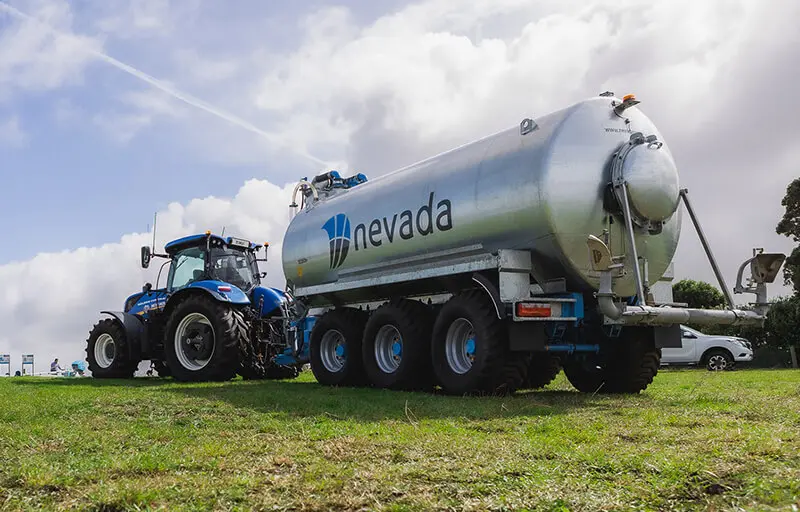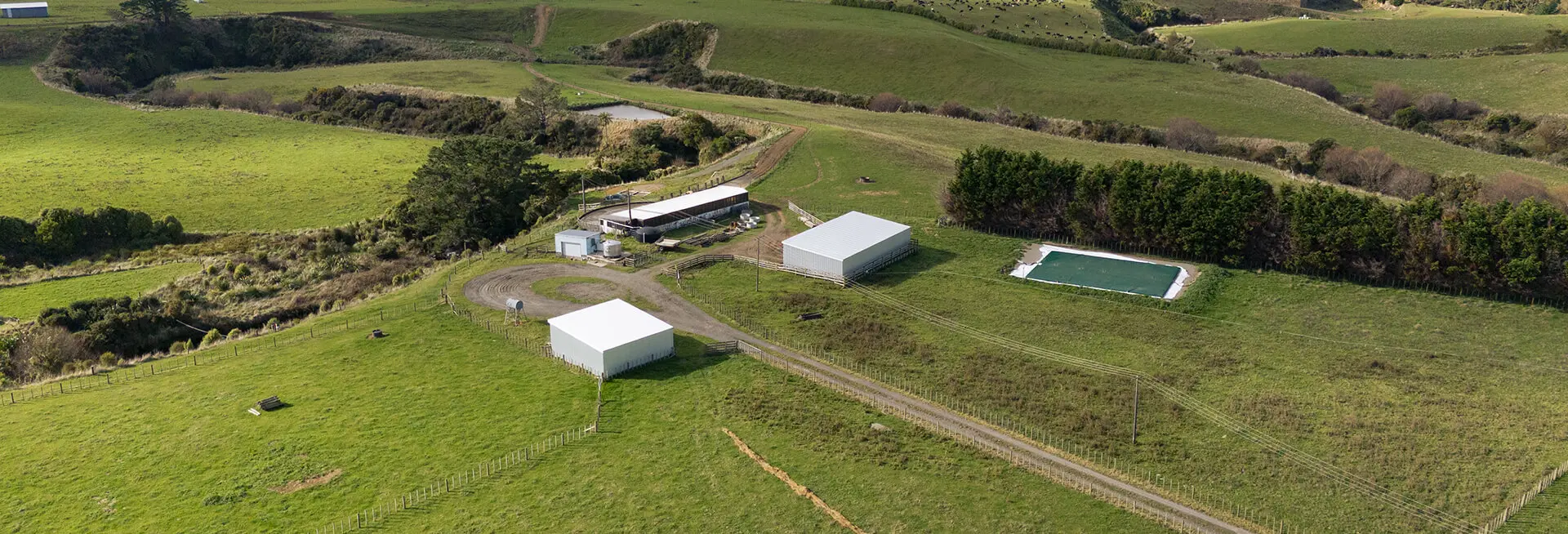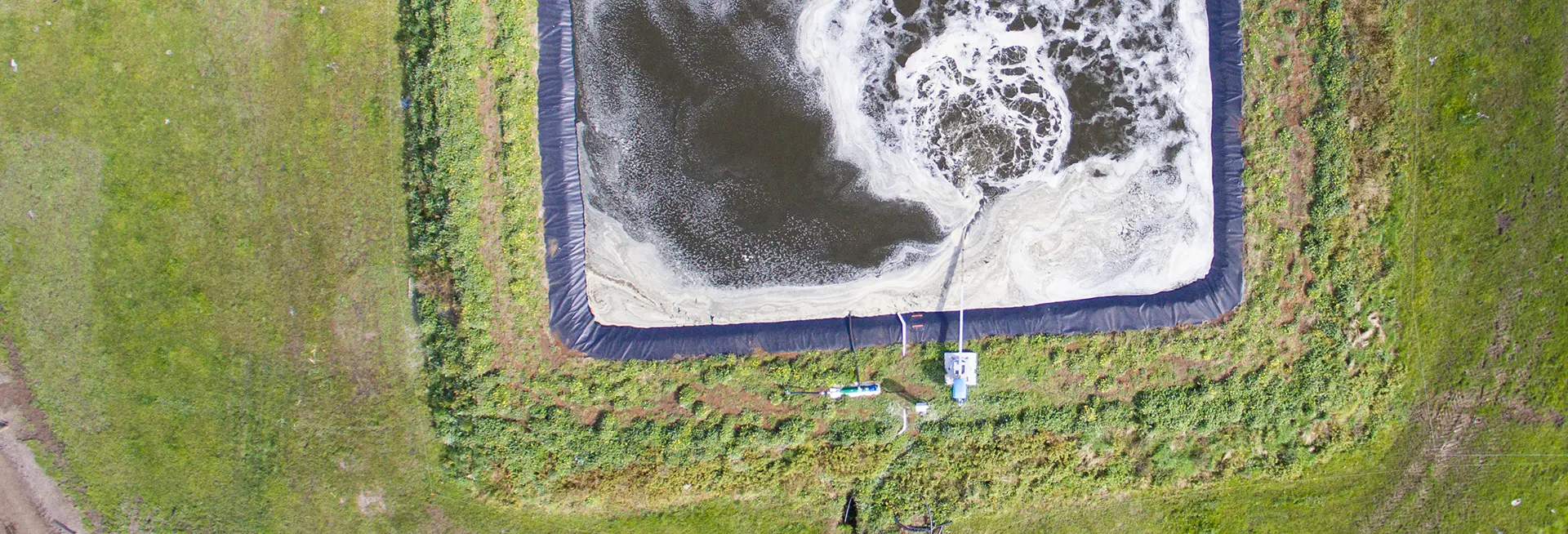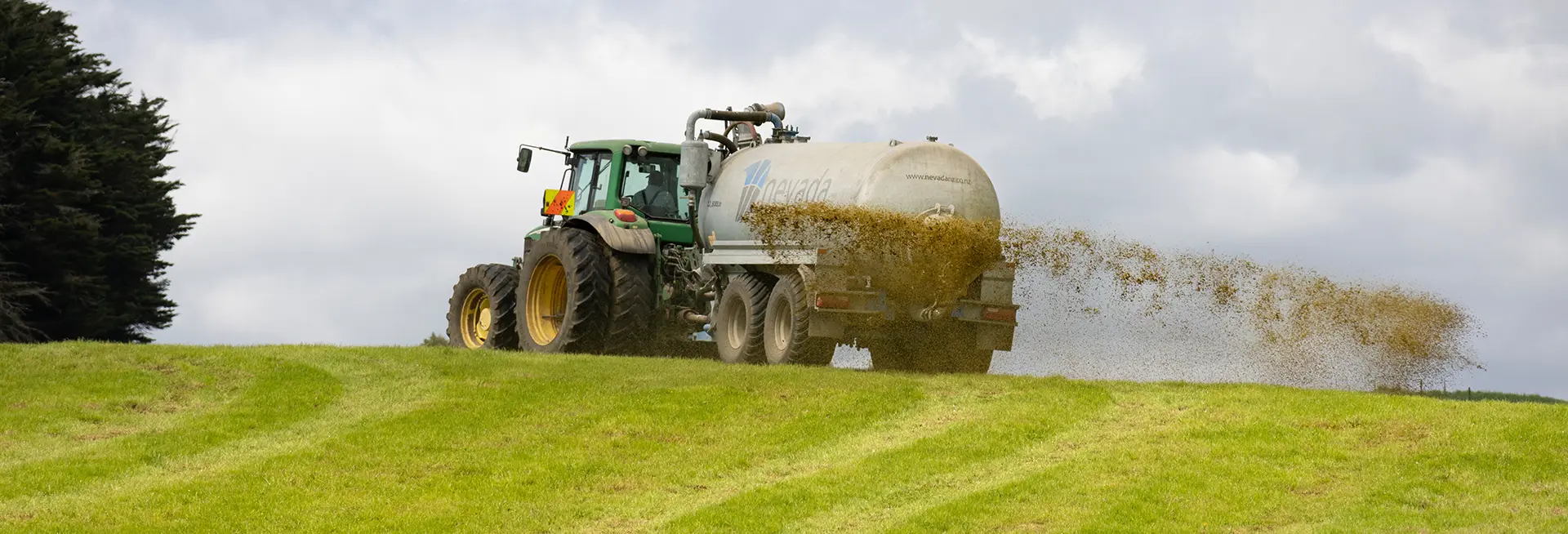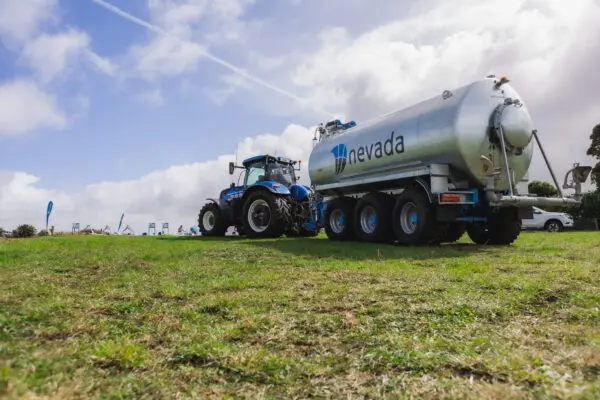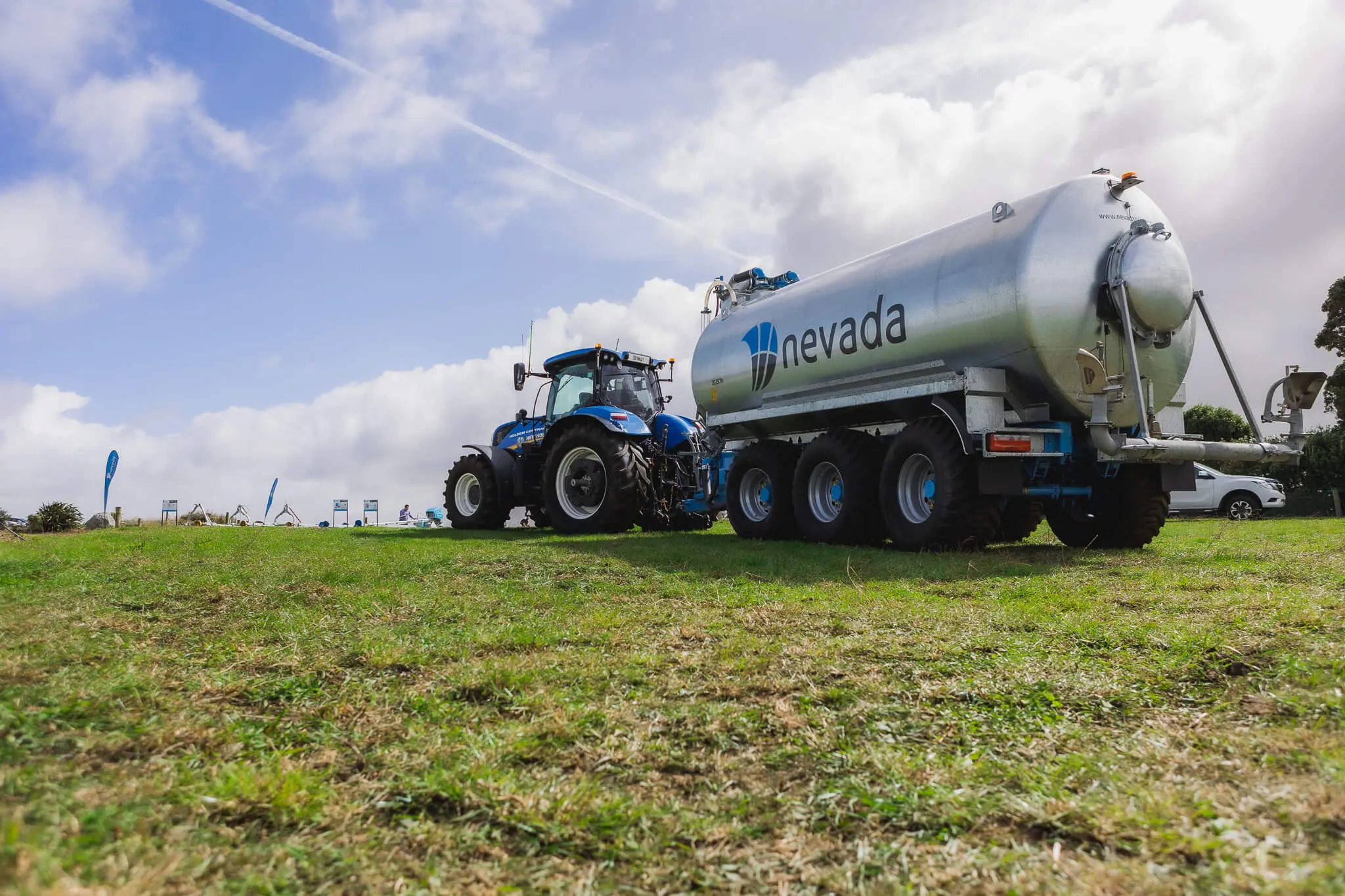It’s all about size when it comes to slurry tankers and the number of axles/wheels they have. Axles are an important component to the overall operation of your slurry tanker. Axle configuration contributes to the stability, suspension and manoeuvrability of the tanker, and in some cases can impact the model’s design. Here’s a quick guide on choosing a single, tandem or tridem axle tanker…
Single Axle Slurry Tankers
Single axle tankers are a great choice for small farms and softer soils. They have the benefit of being able to turn easily with minimal scuffing and having two less wheels can mean they have a slightly reduced tare weight. For safety purposes single axles are recommended for slurry tankers with a maximum of 10 tonne total loaded weight. Carrying weights greater than this will put too much pressure on the axle and tyre loading, causing undue stress.
Having only one axle and two wheels there is less suspension to absorb impact and lurching from bumps and uneven ground, hence they are much better suited to smaller slurry tankers carrying lighter loads. A single axle slurry tanker will generally be designed and manufactured with a partial chassis and the drawbar is integrated with the tank. This means the tank now becomes part of the integral structure of the machine, and stress is then transmitted through the tank. Given a slurry tanker is a pressure vessel, this is not ideal.
Be wary of single axle tankers with large single wheels. In the past some manufacturers would design the slurry tanker with a notch cut into the tank so that particularly large wheels could be fitted. The intention was to provide larger wheels to help with impact absorption, however pressure vessels need to maintain their cylindrical shape for proper functionality. Recessed tanks have been found to trap slurry causing premature corrosion and fatigue. Best practice is to always maintain a completely cylindrical shape.
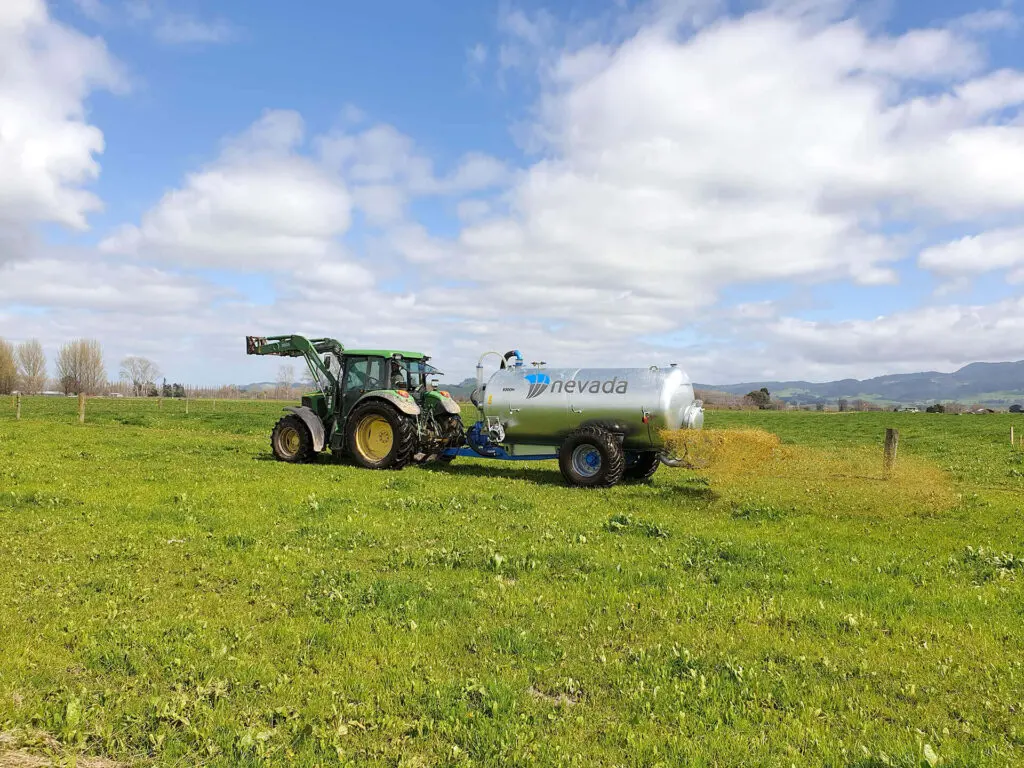
Tandem Axle Slurry Tankers
Tandem axle slurry tankers are ideal for medium to large farms, and are generally available in the 8,000-16,000L range. At least two axles are recommended for carrying anything over 10 tonne total loaded weight. The advantage here is that the load is spread over a larger surface area creating much better stability, particularly over rolling terrain.
A tandem or tridem axle slurry tanker will typically be designed and manufactured with a full chassis and drawbar separate from the tank itself. This provides much better shock absorption from undulating terrain, reducing shock loading through to the drawbar.
Best practice is to have braking on both axles of your tandem slurry tanker. This makes them much safer, especially when spreading over hills.
To help with manoeuvrability, a steering rear axle is recommended.
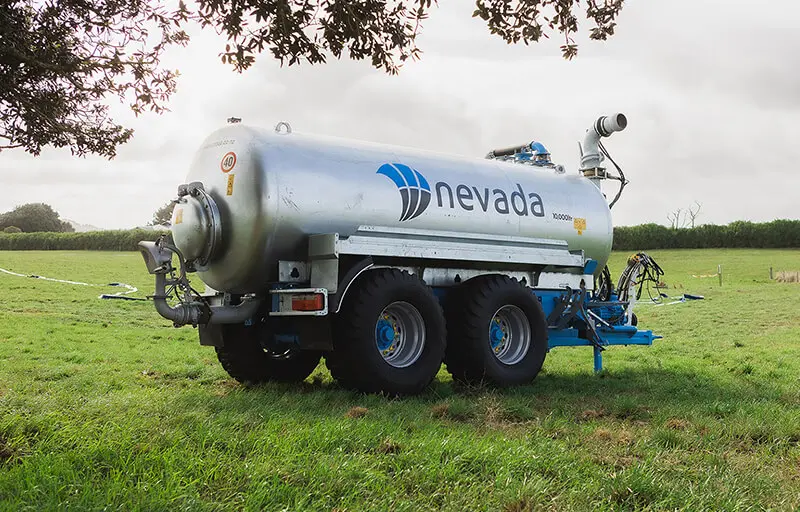
Tridem Axle Slurry Tankers
The only thing better than 4 wheels is 6! Tridem axle tankers are the ultimate choice for large, multi farms or contractors. With 6 wheels on the ground there’s a lot less ground pressure, making them suitable on flat and gentle rolling land. A tridem axle is recommended for anything over a 20 tonne total loaded weight. The relatively small cost of stepping up from a tandem to a tridem can be well and truly worthwhile.
A tridem axle slurry tanker can handle a larger load with the weight being shared across three axles. This improves stability, and larger loads will mean less trips, meaning a tridem is often more economical. What’s more, a tridem axle slurry tanker actually has IMPROVED manoeuvrability due to the middle axle being the turning point (front and rear are steering).
As tridem axles generally only appear on larger slurry tankers, other important considerations are:
- For safety it is recommended the tanker have large capacity braking on all three axles.
- You will need to have a tractor that can handle the load.
- You may consider choosing an accelerated loading system.
Farmers often overlook tridem axle tankers due to affordability, however the cost of stepping up from a tandem is surprisingly low for the added benefits.
